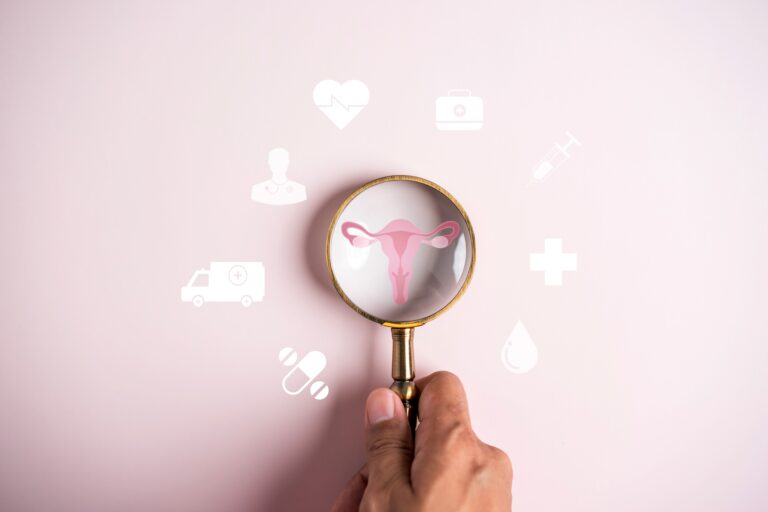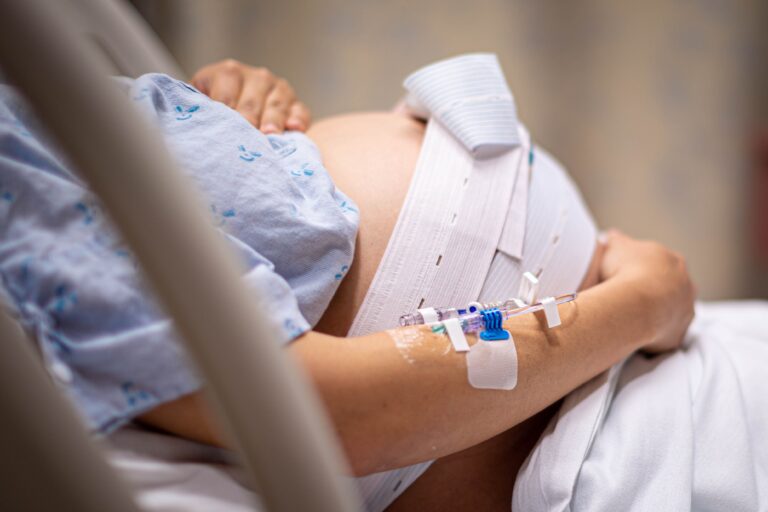Womb cancer – the facts
Womb cancer is the fourth most common cancer in women. It affects 8,500 women each year.
There are many different types of womb cancer. The most common type of womb cancer is endometrial womb cancer. The endometrium is the inner lining of the womb.
The risk of womb cancer increases with a family history. Age is also a risk factor, and typically it affects women who have been through the menopause aged 40-74. Being overweight can also increase your risk of developing womb cancer.
Symptoms of womb cancer
There are a number of symptoms of early womb cancer. The most common symptom is abnormal vaginal bleeding or discharge, such as:-
- Bleeding after the menopause
- Bleeding that is heavier than usual
- Bleeding between periods
- Discharge that is pink and watery, or dark and with a strong odour
It is important to remember that the above symptoms can be caused by other, less serious conditions.
Other symptoms of womb cancer include:
- Pain in your lower abdomen
- Pain during sexual intercourse
- Blood in your urine
- Loss of appetite
- Weight loss
- Tiredness or weakness
- Needing to urinate more frequently
- Back or leg pain
There is currently no womb cancer screening programme in the UK. It is important that if you develop any of the above symptoms, you see your GP.
Going to see your GP
The first medical professional you are likely to see is your GP. At the appointment your doctor will ask you to describe your symptoms and medical history.
Your GP may conduct a physical examination. They may feel your womb externally to see if it is enlarged or swollen. They may also do an internal pelvic examination to check your vagina, ovaries and bladder. It is likely that you will be asked to do a blood or urine test.
You may be referred for further tests with a hospital specialist. This may be a gynaecologist, who is a doctor that specialises in female reproductive health. You may have an ultrasound to check the thickness of your womb lining. If you are diagnosed with womb cancer, you could also have a biopsy to find out the type.

















